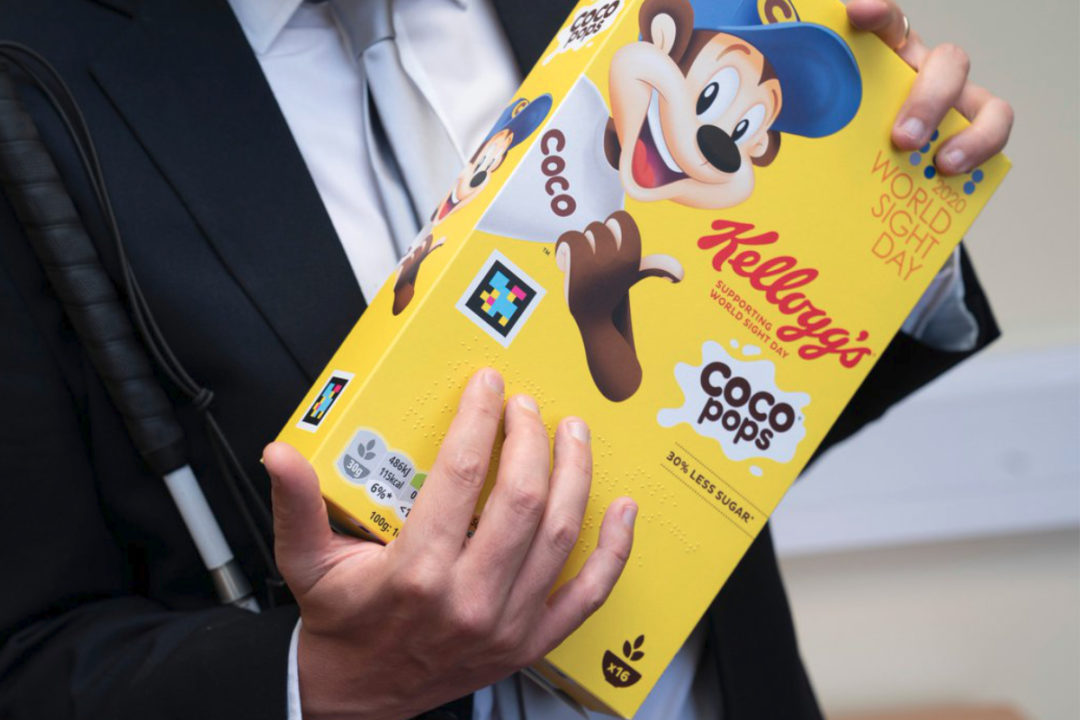Do you have any questions about why your cereal is sold in such specific packaging? With the red cylindrical container, red lid, and gold designs on each box, there’s no reason to have much to say about the custom packaging design. With the arrival of bizarrely-shaped, as well as other innovative brands, cereals are now more fascinating than they’ve been before. With so many different flavors, it’s simple to miss the possibilities inside your store. No need to purchase every new flavor or play around with strange ingredients. A couple of small tweaks could make all the difference in the end. Your cereal box is attractive. Here are 6 suggestions to help you design appealing cereal boxes. The following items included:
Display the Product Uniquely
Cereal storage boxes are the first and only opportunity to catch an idea of how your cereal appears and smells. If the cereal box isn’t appealing to customers, they might not even buy the cereal or be unaware of it. You’re not only purchasing the box in this instance, but you’re also buying evidence that this product can be a worthy selection. Make sure your cereal is clearly displayed in its design, images, and text.
Highlight the Benefits
On the opposite of the cereal box, you can write down the major benefits of the cereal along with other ingredients. If you’re selling healthy cereal, make sure to highlight this fact. Choose a short paragraph that describes the advantages that the product offers, for example, “High in fiber and iron,” “Rich in minerals,” or “Good for your teeth and bones.” In addition, highlighting the nutritional value of your product can make you stand out from the rest, particularly in cases where your brand isn’t targeted at health-conscious customers.
Be Concise and Clear.
When you’re trying to highlight the positive health benefits of your cereal, be sure to take into consideration the advantages of the packaging itself. We all know that many people prefer for their breakfast to remain inside the container; however, it doesn’t mean they’ll aren’t eager to open the entire container to eat breakfast. When you’re trying to showcase the product inside, you shouldn’t make opening the box difficult. Try using a transparent or open-access cereal storage box. Using an item that doesn’t expose the cereal after you’ve eaten it is also possible.
Be simple but not too simple.
It’s tempting to pack all the information that you can inside the cereal boxes. In the end, it’s an enormous space for brief information. But you risk not attracting the attention of the people who are watching — and you are also at risk of creating confusion or overwhelming the consumer. Make your cereal box messages easy, but be summarised. Make use of short sentences and simple phrasing.
Get the color
It may sound like common sense; however, it’s easy for people to forget how crucial a small modification could be. Cereal companies typically employ a muted color scheme in their cereal storage box. For instance, the cereal brand might have a beige background and a slightly darker box. This could work in the walkways of a supermarket; however, it might not be noticed in the passages of cereal at the grocery store you frequent. Select an appealing, brighter color scheme to make your cereal boxes more appealing. A cereal box with vivid, bright hues will draw attention to the item and create a stronger impression on the eye.
Be open to Trying New Things.
The cereal boxes offers an ideal place to try some of the latest marketing techniques. You’ve got a huge public, and the cereal industry has been historically the most ideal place to test new marketing strategies. Consider the possibilities of online marketing, e-commerce ads, coupons, and other new channels. There are many ways to reuse and recycle traditional marketing tactics, including cereal boxes and copies.
Create interesting artwork and shapes
We all had our breakfast while gazing at the old-fashioned cereal box. There’s no any reason to stay with the same old and dull style! Utilize interesting shapes and designs to attract the attention of your box. It is also possible to add interesting images or graphics to your custom packaging boxes. This will help you communicate your brand’s values and character, which are essential to creating appealing packaging designs.
Conclusion
The food industry is always evolving, and it’s crucial to stay on top of the developments. The best method to do this is to be aware of the latest trends in packaging design and implement adjustments to the design of your cereal boxes. Make it attractive, make it simple to open, and help it stand out in the cereal. However, don’t forget to keep the contents interesting and show the colors. Once you’ve learned how to make your cereal boxes attractive, it’s time to think outside the box! It’s also possible to take this article as an inspiration source. You’ll need to be aware of a few techniques and suggestions to get the most benefit from your breakfast cereals. What kind of cereal is your top choice?
What are the ones your family is most likely to consume? Consider demographics such as age, race, gender, and interest and the most common reasons people purchase a particular cereal. What types of cereal do you think are most easy to sell? Which do you believe would be more difficult for you to promote? Which ones are an acceptable option? Think about all of these elements when designing appealing boxes. If you’re aware of how to make your cereal boxes more appealing and appealing, you can be creative!
